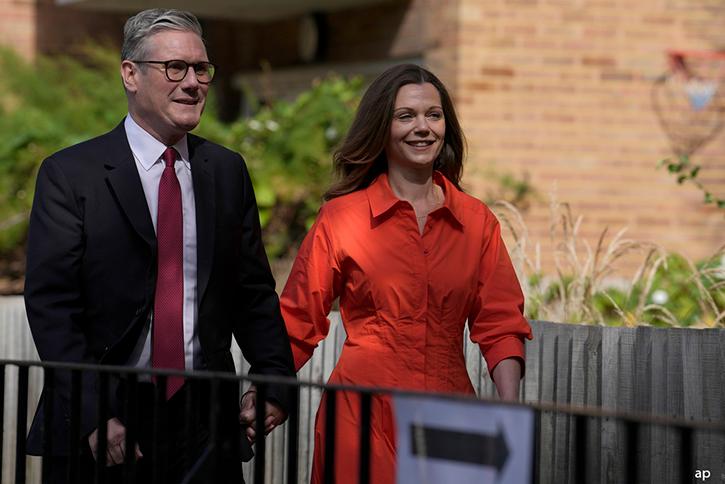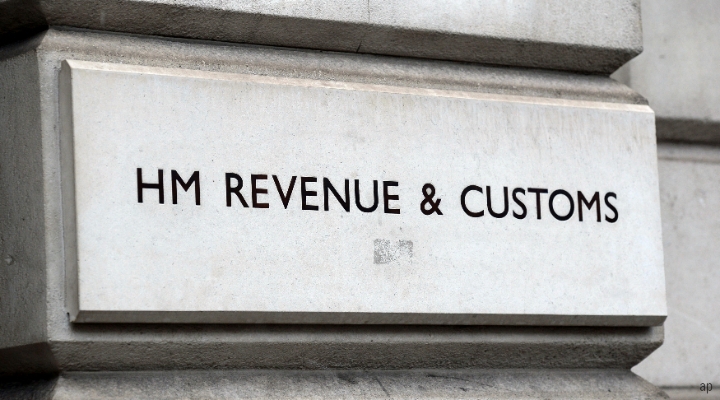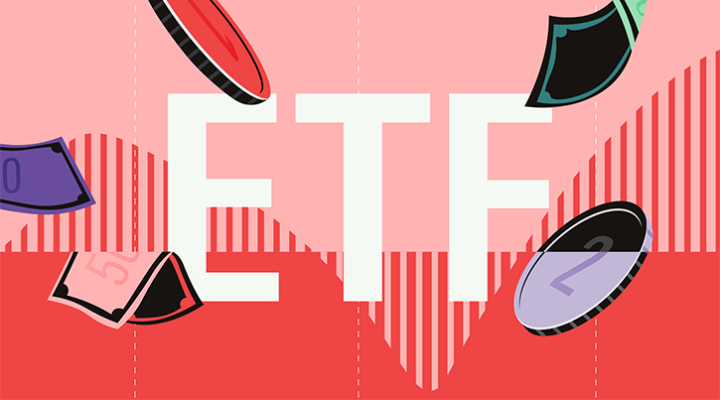With less than one month left of this tax year time is running out for ISA and pension investors – or anyone looking to boost their savings and reduce their HMRC bill. Read our Guide to ISAs, Pensions and Tax-efficient investing to make sure you don’t get left behind.
Investments not held in a tax-efficient wrapper such as an ISA or a SIPP are liable to capital gains tax (CGT). Investors who have shares showing a gain may wish to sell them now in order to use this tax year’s CGT allowance of £11,100. Gains of more than this are liable for CGT which is 28% for higher rate taxpayers, and 18% for those who pay the basic rate of tax.
The CGT allowance is a use it or lose it amount like your ISA allowance, so if you are looking to take profits from an investment do so before April 5. Some personal assets are CGT free – your home for example, and any possessions worth less than £6,000.
While unfortunately there is no way to make stocks, bonds and funds exempt from CGT other than holding them in an ISA or SIPP wrapper, but there are some alternative assets that you can legally squeeze past the taxman.
What are Chattels?
Furniture, paintings, antiques, wine and cars with a lifespan of more than 50 years are known as chattels. These items and tangible assets have an extra CGT exemption of £6,000.
“For chattels sold for between £6,000 and £15,000, you calculate the gain by multiplying the amount the sale exceeds £6,000 by five and then dividing it by three, and this is the maximum chargeable gain,” explains chartered financial planner Martin Bamford of Informed Choice.
“You then work out the actual gain by deducting expenses and the cost of the item from the disposal proceeds. You report the lower figure of the two – either the maximum chargeable gain or actual gain – to the taxman.”
Chattels sold for more than £15,000 have CGT calculated in the usual way, with no reference to the maximum chargeable gain part of the calculation. Note that chattels that belong in a group or set such as matching vases will be taxed as a single item.
What about Wasting Assets?
Some tangible assets such as fine wine or classic cars have a lifespan of less than 50 years, and these are known as wasting assets which are exempt from CGT. Fine wine is a complicated asset however – as stated by HMRC: “a wasting asset is one whose predictable life, from the point of view of the person acquiring it, does not exceed 50 years.
“Whilst this definition would clearly apply to cheap table wine which may turn to vinegar within a relatively short period, even in unopened bottles, our view is that it would certainly not apply to port and other fortified wines which are generally recognised to have a very long storage life.”
Stephen Womack of chartered financial planners David Williams says that some gold coins are also tax exempt as they are considered UK currency, and classic cars are exempt too if they are in use as a private vehicle.
For all assets liable for CGT, Bamford recommends keeping very good records about acquisition costs and any associated expenses. He adds: “You should also consider taking tax advice if you are unsure about the amount of chargeable gain to report to HMRC.”





























